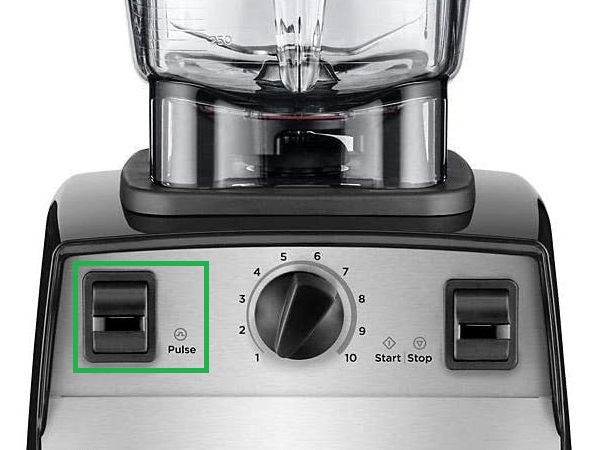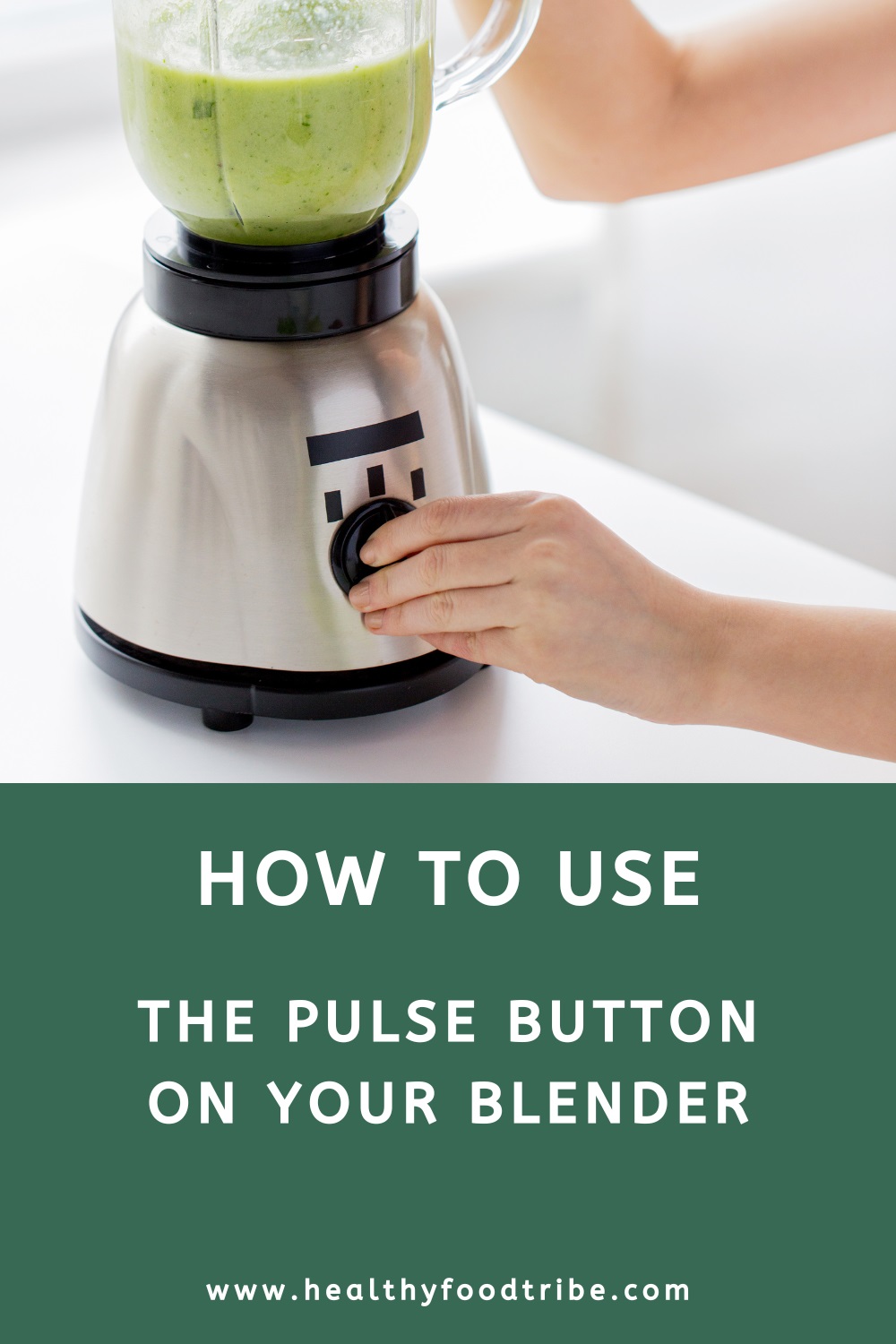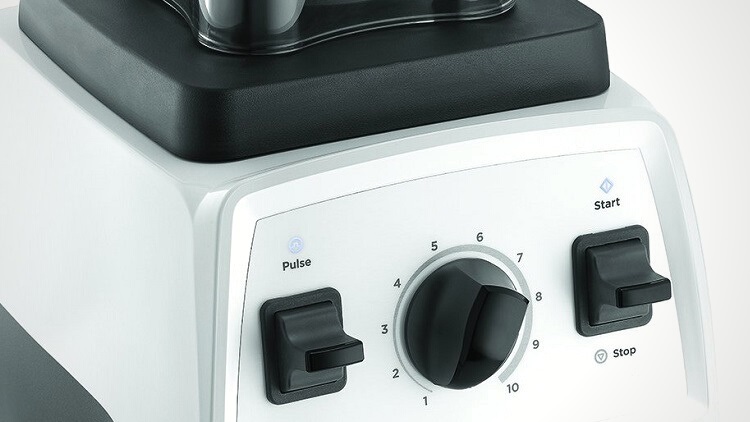I may earn a small commission from purchases made through product links on this website at no extra cost to you. As an Amazon Associate I earn from qualifying purchases.
Last updated: January 23, 2024
What does pulsing mean when using a blender? This guide explains how to get the most out of the pulse button function when blending.
You may have encountered the word pulse in a recipe or instructions guidebook for a blender or food processor. Like many, I wasn’t sure what a pulse button was or how to use it before I became a smoothie fanatic several years ago.
Keep reading, as we’re going to have a closer look at the pulse function on blenders and food processors. It turns out that pulsing is quite a handy feature to have!
What Does the Pulse Button Do?
Pulsing with a blender means you can quickly process ingredients before you start the blending process. For example, if you have chunky vegetables, it’s a good idea to use the pulse setting to quickly chop them into smaller pieces.
With soups, you can use the pulse setting when you want to add little chunks of vegetables instead of fully liquefying them.
When using the pulse button, the blender works at medium speed and stops immediately when you release the button. This allows you to create a finer texture that is easier to blend with the rest of the ingredients in your smoothie.
You can also use this function to grind up herbs. Or quickly pulverize nuts into a fine texture without blending them into a creamy substance.

Another good example of when this setting comes in handy is when you want to make salsa. A good salsa typically has little chunky pieces of onion, tomato, and other ingredients. The pulse function allows you to create these little chunks with ease, which is so vital in salsa.
On some blenders, the pulse setting is indicated with just the letter “P”, or with a weird cryptic symbol. If these blenders come with proper instructions that explain what this button does, you’re in luck.
Otherwise, you might never find out what this function is for, and you’d end up ignoring it. Trust me, I’ve spoken to quite a few people who were never even aware of that setting on their blender.
Which Blenders Have a Pulse Setting?
The pulse setting is actually quite common on modern blenders.
In fact, most higher-end blenders will almost always have this setting by default. And some of the more affordable smoothie blenders nowadays are also equipped with this feature.
Most Vitamix and Blendtec blenders will have the pulsing feature, among other useful blending features. Read my reviews of the Vitamix A3500, the Vitamix A2300, and the Blendtec Designer 625 that all have the pulse setting.
My favorite Vitamix blender with a pulse setting:
- Program Settings: Five program settings (for Smoothies, Hot Soups, Dips &...
- Touchscreen Controls give the machine a sleek silhouette and are easily wiped...
- You're in Control: Variable Speed Control and Pulse feature let you manually...
Is Pulsing a Useful Feature?
Yes, pulsing is a great feature to have!
Although, on a blender, the effects of pulsing can also be achieved with the variable speed button in combination with the on/off button. Simply set the variable speed setting to where you want it to be, and flick the blender on and off multiple times.
That said, a pulse button takes the guesswork out of all this and makes pulsing easy. It gives you complete control over the process, and it works wonders with chunky ingredients.
In addition, a pulse function isn’t a costly investment for a kitchen equipment manufacturer to add to a blender. In other words, it doesn’t drive up the purchase cost of a blender all that much.
In short, if you often blend certain ingredients that require a bit of chopping and cutting before blending, a pulse button will come in very handy.


